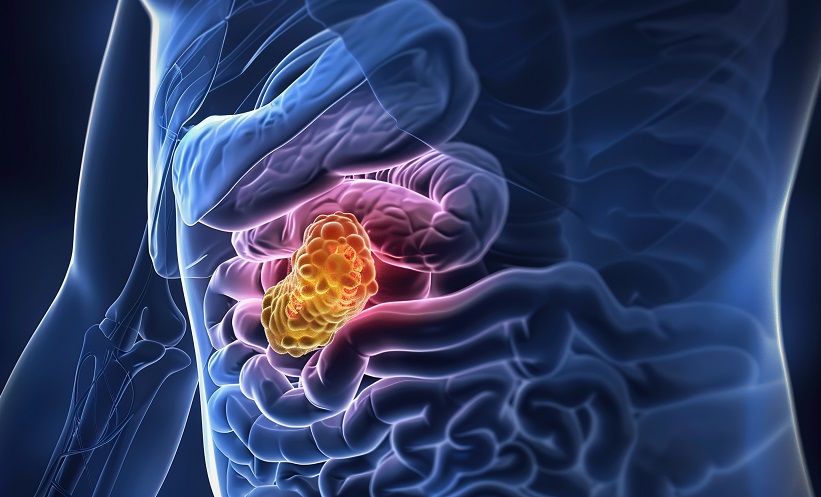Drivers’ Championship leader Oscar Piastri is searching for answers behind his lack of pace at the United States Grand Prix weekend as Max Verstappen dominated to significantly close the gap at the top of the standings.
While the points margin…

Drivers’ Championship leader Oscar Piastri is searching for answers behind his lack of pace at the United States Grand Prix weekend as Max Verstappen dominated to significantly close the gap at the top of the standings.
While the points margin…


Tim Curry opened up about the stroke he suffered in 2012, sharing he had no idea anything was wrong until a masseuse suggested he go to the hospital.
The actor, known for his iconic roles in such films as The Rocky Horror Picture Show,

Carlos Sainz has been hit with a five-place grid penalty for the upcoming Mexico City Grand Prix after being deemed at fault in a collision with Kimi Antonelli during Sunday’s race in Austin.
Sainz had been battling with the Mercedes of


Kraken Sports is now shipping its latest video light—the Abyss 10000. As you might have already guessed, the Abyss 10000 packs 10,000 lumens of light via a wide flood beam. The COB LED has a color rendering index of 90 (sunlight being defined…

Oncogenic KRAS mutations, particularly the G12D variant, are the most common drivers of pancreatic ductal adenocarcinoma (PDAC), accounting for roughly 40% of cases and predicting a poorer prognosis. This mutation is a crucial target for new therapies aiming to improve outcomes in this aggressive cancer type. GFH375 is a novel oral targeted therapy specifically designed to selectively inhibit KRAS G12D. It has shown encouraging early results in patients with previously treated advanced PDAC, offering new hope where treatment options have been limited.
In an ongoing phase I/II study, 66 patients with KRAS G12D-mutant PDAC received daily doses of GFH375. The results so far have been remarkable: the objective response rate reached 41%, while the disease control rate stood at 97%. After a median follow-up of 141 days, progression-free survival at three months was 83%. Considering most participants had undergone multiple prior lines of therapy, these findings indicate the potential of GFH375 to deliver significant clinical benefit in a heavily pre-treated population.
GFH375 demonstrated a manageable safety profile. Common treatment-related side effects included diarrhoea, neutrophil count decreases, nausea, and anemia, with few severe events leading to dose reduction or discontinuation.
Analysis of circulating tumour DNA revealed that 71% of patients had detectable KRAS G12D mutations in plasma, often accompanied by co-mutations in TP53, CDKN2A, and SMAD4. These biomarker findings may provide valuable insights into treatment response and disease progression. GFH375 continues to be evaluated in this trial and could represent a new targeted option for KRAS G12D–mutant pancreatic cancer as longer-term data emerge. Further study will clarify GFH375’s full potential and impact.
Reference
Zhou A et al. Efficacy and safety of GFH375 monotherapy in previously treated advanced KRAS G12D-mutant pancreatic ductal adenocarcinoma. ESMO; 17-21 October, Berlin, Germany.